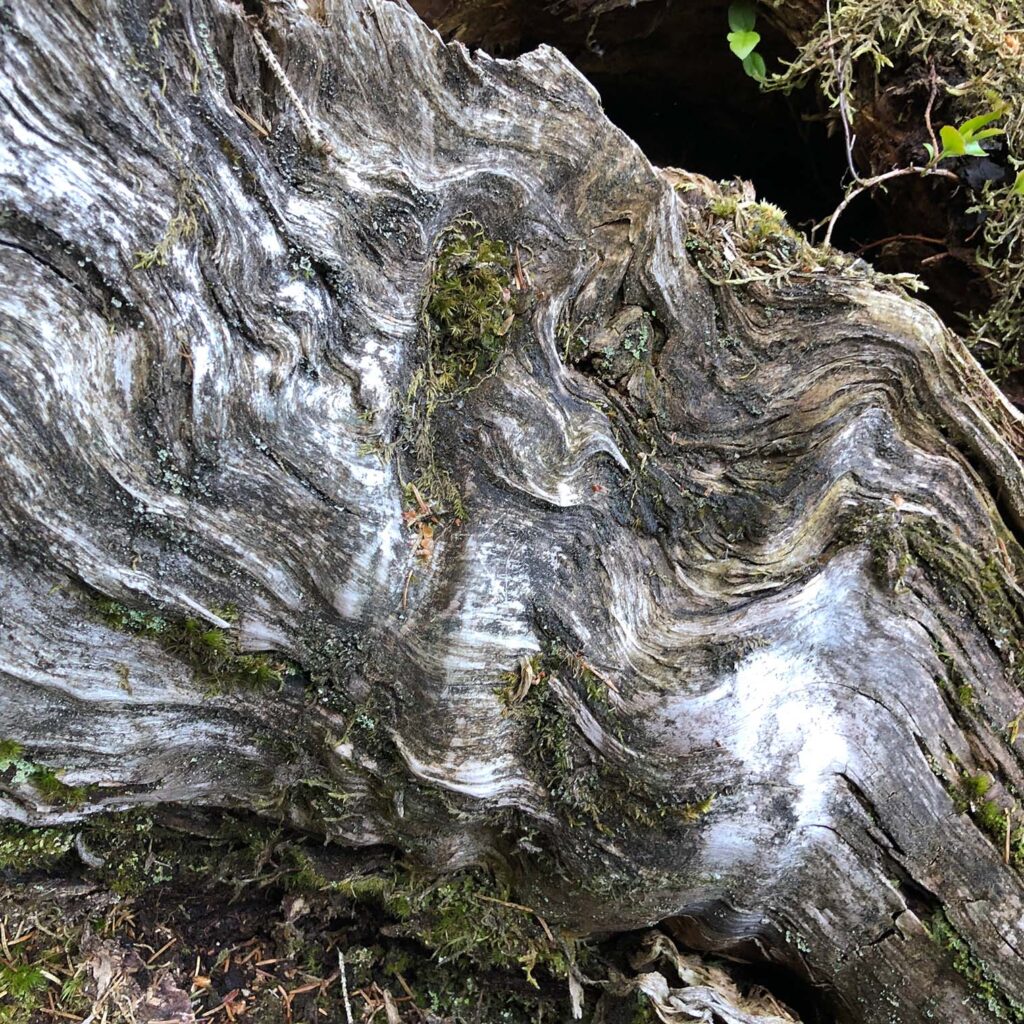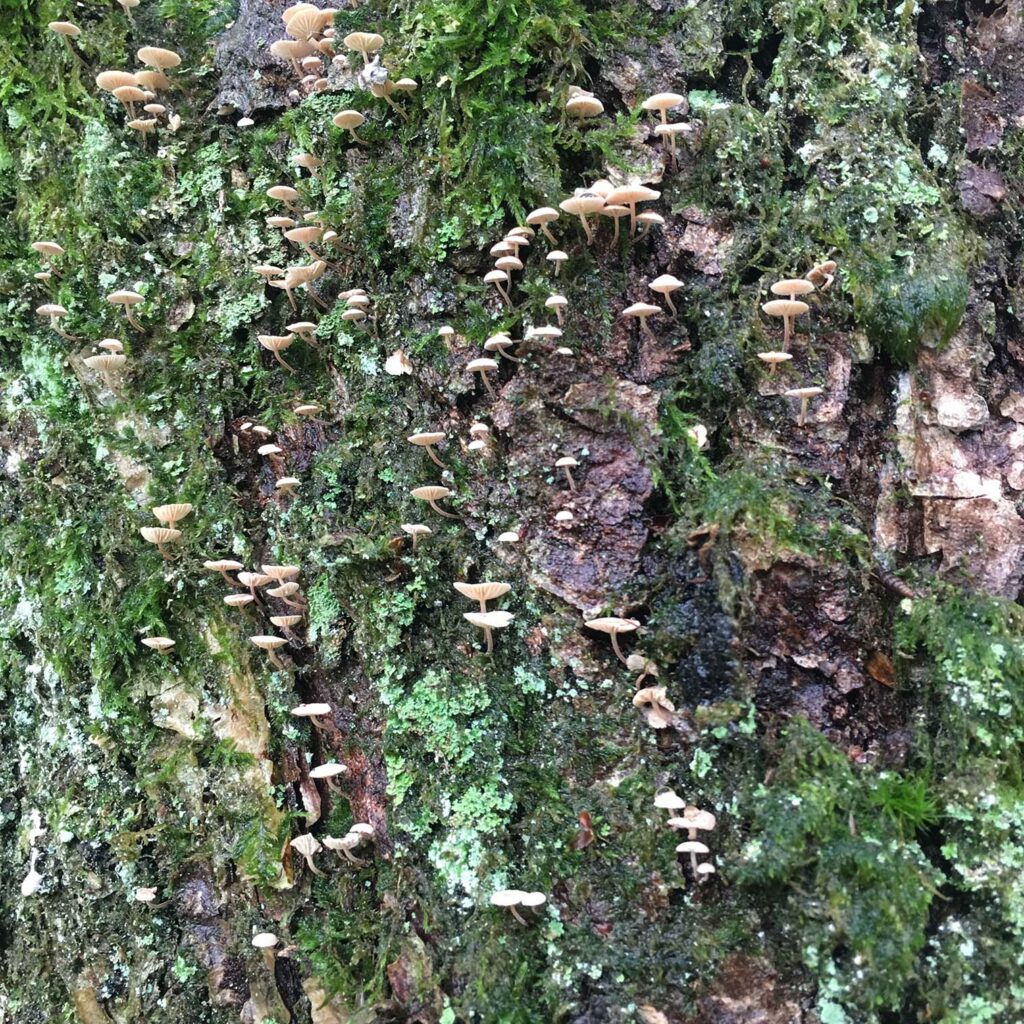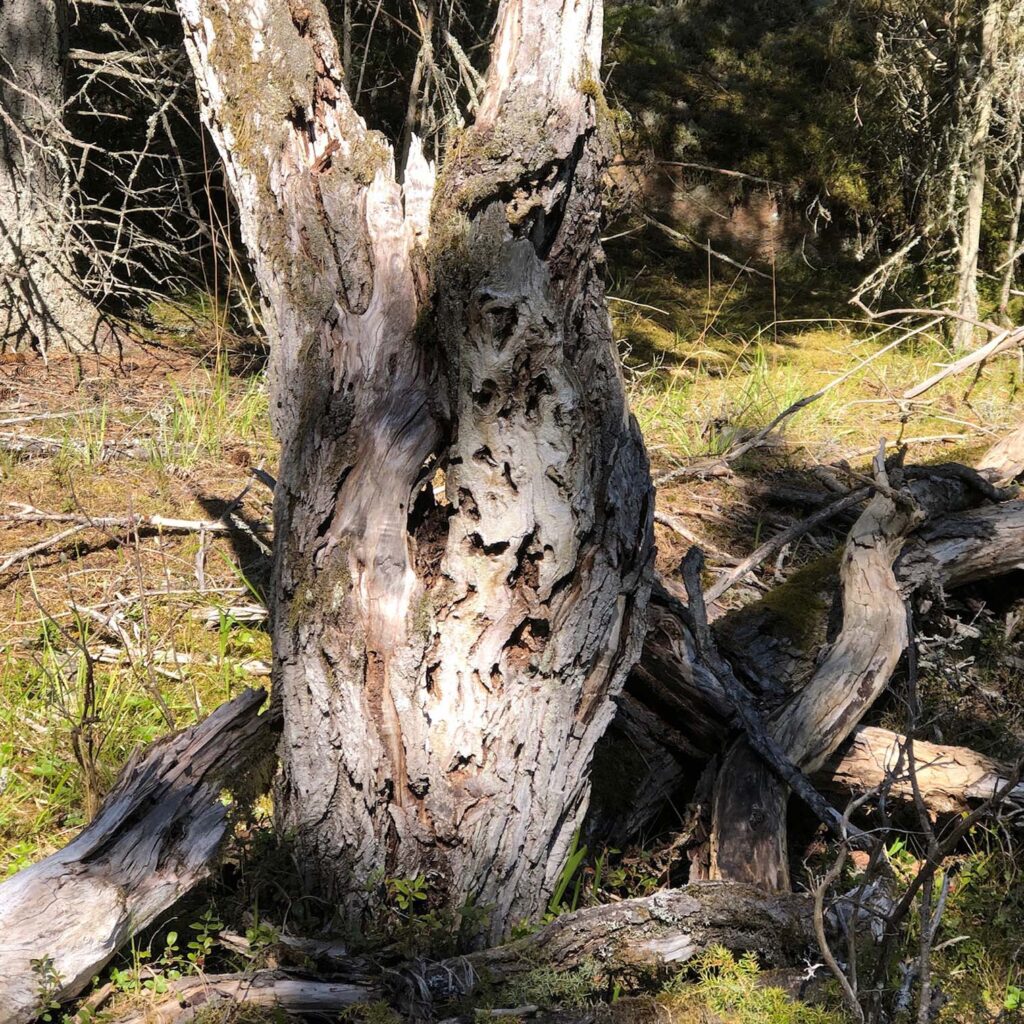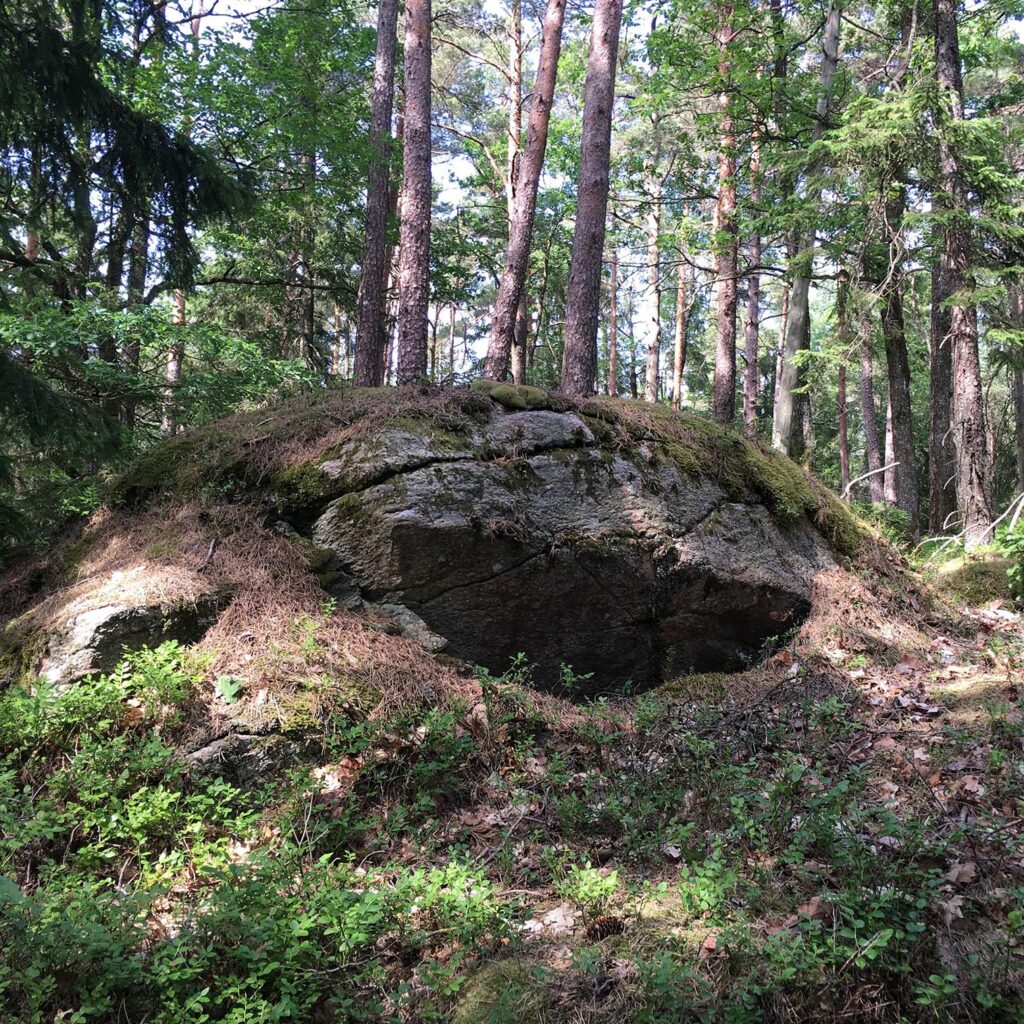What does the old-growth forest mean to me?
This post is related to the Climate Salon 2021.
 This is not a question we get asked often but perhaps the most important question you and I can ask ourselves. It is not the artist's intention that should be interpreted, it is the eye of the beholder that sees the beauty of a work of art. The same applies to the old-growth forest as you call in the forest you get an answer.
This is not a question we get asked often but perhaps the most important question you and I can ask ourselves. It is not the artist's intention that should be interpreted, it is the eye of the beholder that sees the beauty of a work of art. The same applies to the old-growth forest as you call in the forest you get an answer.
Many conflicts and arguments about forests are based on conflicting results from different research and experience. The question you should ask yourself when considering different research results and arguments within the debate is:
- - Who asks the question?
- - For whom are the results and arguments relevant?
 Naturarvet does not answer the question of how forests benefit people. The subject of the Natural Heritage question is the old-growth forest.. It is the eye of the old-growth forest looking at itself. When questions about how the forest should be managed to best be raw materials for 'sustainable' products, offer outdoor life or sequester carbon dioxide from the atmosphere, the focus is always on people.
Naturarvet does not answer the question of how forests benefit people. The subject of the Natural Heritage question is the old-growth forest.. It is the eye of the old-growth forest looking at itself. When questions about how the forest should be managed to best be raw materials for 'sustainable' products, offer outdoor life or sequester carbon dioxide from the atmosphere, the focus is always on people.
Even when forests are valued for their ability to protect biodiversity it is people who decide whether the forest is the right kind of wood. For forests that have not been classified as worthy of protection, things are going badly. Old-growth forests that are felled are largely burned in heating plants, even the dead wood goes up in smoke.
 Do forests benefit from being managed? According to the Natural Heritage Charter, any forest acquired is left untouched. People may enjoy being there, or swear at the fallen trunks blocking the path, it is of no interest. The forest takes no account of man in any respect. That it develops as it does is its business.
Do forests benefit from being managed? According to the Natural Heritage Charter, any forest acquired is left untouched. People may enjoy being there, or swear at the fallen trunks blocking the path, it is of no interest. The forest takes no account of man in any respect. That it develops as it does is its business.
There is more or less independent research that tries to look objectively at how forest ecosystems actually work. When ecological science studies man's forestry actions to benefit himself in some way, however ecologically appropriate the action may be, it finds that every action always affects the forest ecosystem.
 The truth on how best to develop and change the forest lives in the forest. It does not need a forestry plan or management plan, it needs to be left alone. Then, in the long term, it ensures that the biodiversity that can be achieved in that particular place develops best. Then its intricate ecosystems above and below ground make sure to bind the just as much carbon from the atmosphere as it can optimally sequester..
The truth on how best to develop and change the forest lives in the forest. It does not need a forestry plan or management plan, it needs to be left alone. Then, in the long term, it ensures that the biodiversity that can be achieved in that particular place develops best. Then its intricate ecosystems above and below ground make sure to bind the just as much carbon from the atmosphere as it can optimally sequester..
To me, the old-growth forest means all the things it excels at, allowing you and me to enjoy the beauty of life in all its forms. I am hopeful that the old-growth forest will cope with climate change, adapt in its own way, and continue to do what it does best, being a forest.
Lo Jarl, Director of Operations in Naturarvet
Photos: Ywonne Jarl